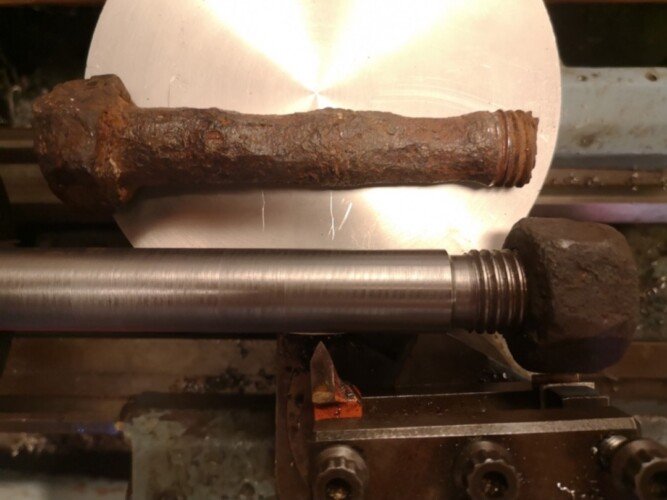Research solves mystery of the Crystal Palace
New research has answered the mystery of how the Crystal Palace, once the world’s largest building, was constructed in just 190 days.
The study, led by Professor John Gardner of Anglia Ruskin University (ARU), has discovered that the Crystal Palace was the first building known to have made use of a standard screw thread – something that’s now taken for granted in modern construction and engineering.
Completed just in time for the start of the Great Exhibition of 1851, the Crystal Palace was a powerful symbol of Victorian Britain’s industrial might.
Over 560 metres long and with a giant glass roof supported by 3,300 cast iron columns, it was so large that it would expand by up to 12 inches on a warm day.
But, with the successful design for the Crystal Palace only approved in July 1850, historians have puzzled over the speed of its construction.

That has now been answered by a new study, published in The International Journal for the History of Engineering & Technology, which reveals that the Crystal Palace is the earliest known building to use Whitworth screw threads, later known as British Standard Whitworth (BSW).
The Crystal Palace was originally constructed for the Great Exhibition in Hyde Park, in the centre of London, before being dismantled and rebuilt in South London in 1854, where it remained until it was destroyed by fire in 1936.
Researchers discovered the use of Whitworth screw threads at the site in Sydenham, in the remains of the building and the nearby south water tower, designed by Isambard Kingdom Brunel and built to power the fountains in front of the Crystal Palace.
A column bolt from the building and a nut and bolt from the water tower were both found to match the BSW measurements.

Prior to Joseph Whitworth’s invention, no two screws and bolts were alike. Without a standard measurement, construction was time-consuming, as lost or broken screws and bolts were difficult to replace.
The Crystal Palace had 30,000 nuts and bolts, and the researchers believe that the standard thread of these is what allowed the building to be constructed on a remarkably tight schedule.
Professor Gardner said: “During the Victorian era there was incredible innovation from workshops right across Britain that was helping to change the world.
“In fact, progress was happening at such a rate that certain breakthroughs were perhaps never properly realised at the time, as was the case here with the Crystal Palace.

“This research started out as a question – how was it built so quickly? – and thanks to Ken Kiss, curator of the Crystal Palace museum, who I carried out this research with, we were able to answer this.
“Ken had excavated original columns from the Crystal Palace site at Sydenham and from these we were able to take measurements.
“I manufactured new bolts to British Standard Whitworth and demonstrated that they fitted the original nuts.”
The Great Exhibition of 1851 was organised to showcase the best of engineering excellence. It was visited by around six million people, which was a third of Britain’s population, and attracted some of the most famous people of the day, including Charlotte Bronte, Charles Dickens, George Eliot, Charles Darwin and Michael Faraday.
Professor Gardner said: “Ironically, Joseph Whitworth was awarded a Council Medal for his displays at the exhibition inside the Crystal Palace, but his important role in the construction of the building itself hasn’t been recognised until now.”
Pictured top: Crystal Palace, Bromley in the 1930s (Picture: Historic England Archive)
